Central air conditioning is now a standard feature in most modern homes. It makes summers more comfortable and stress-free. Understanding how it works, how much it costs, and how to put it together is very important for homeowners. All the information you need about central air conditioning systems will be in this guide.
Central air conditioning is a system that cools and dehumidifies air in a building or residence by distributing it through pipes. It consists of two units: an outdoor unit, which normally contains the compressor and condenser coil, and an indoor unit that holds an evaporator coil. These components work together to remove heat from indoor air and distribute cooled air throughout the area.
When was Central Air Conditioning Invented?
The concept of central air conditioning has been around for more than a century. In 1902, Willis Carrier, an American engineer, designed the contemporary system to regulate humidity in a printing plant. To know more, see ACPhil, one of the best example of aircondition contractor.

There are three main types of central air conditioning systems:
- Split System:
- Packaged System:
- Ductless Mini-Split Systems:
The most common type, consisting of an outdoor unit and an indoor unit connected by refrigerant lines and ductwork.
Designed for homes without a basement or limited indoor space, this system houses all components in a single outdoor unit.
These systems, which are ideal for homes without ductwork, cool specific areas using individual air handlers located on walls or ceilings.
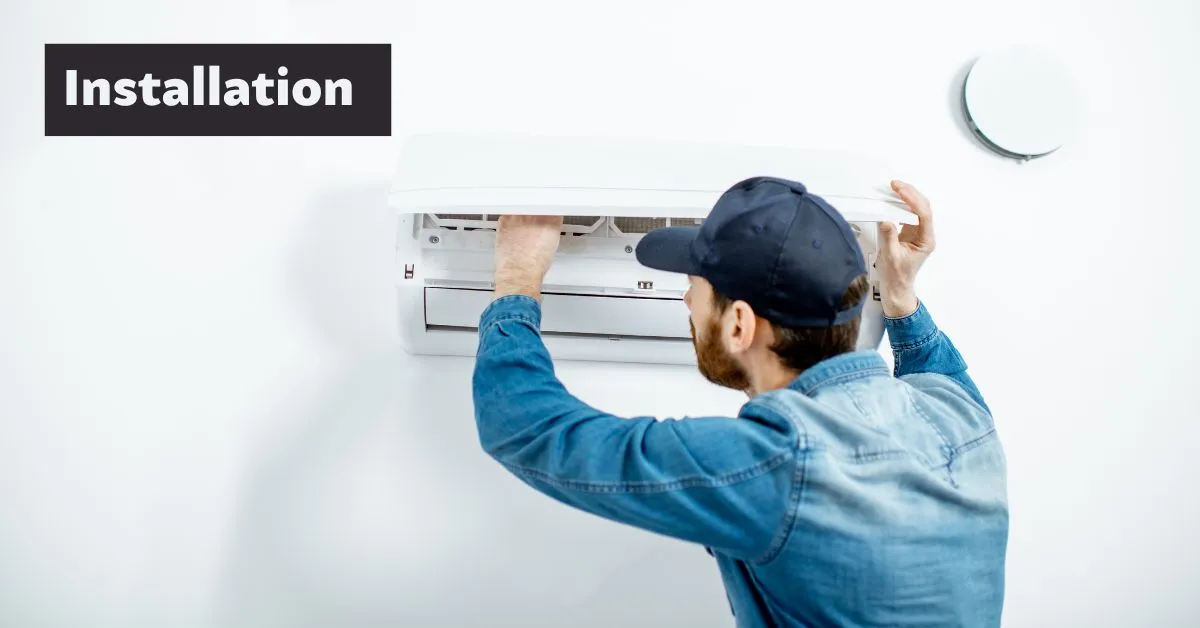
How to Install Central Heating and Air Conditioning
The following are the steps involved in the installation of a central air conditioning system:
- Determine the proper system size depending on your home’s square footage.
- Install ductwork as needed, or inspect existing ducts for leaks and sufficient insulation.
- Place the outside unit in a safe location away from obstructions.
- Connect the refrigerant lines, electrical wiring, and drain pipes between the inside and outdoor units.
- Check the system for good operation and ventilation.
To know more about HVAC related installation, visit ACPhil for consultation.
What is the Average Life of a Central Air Conditioning System?
The average lifespan of a central air conditioning system is around 15 to 20 years with proper maintenance. However, factors such as usage, climate, and maintenance practices can influence its longevity.

How to Install Central Air Conditioning Yourself
- Installing central air conditioning yourself can be a challenging task, but with the right knowledge and tools, it’s possible. Here are some key steps:
- Research central air conditioning systems thoroughly.
- Assess your home’s needs and choose the right size unit.
- Obtain the necessary permits and materials.
- Install the indoor and outdoor units according to the manufacturer’s instructions.
- Connect the ductwork and electrical components carefully.
- Test the system and make any necessary adjustments.
- Consider hiring a professional for complex installations or if you encounter difficulties.
How Much is Central Air Conditioning
The cost of a central air conditioning system can vary considerably depending on factors such as your home’s size, system efficiency, and any additional services or upgrades. A conventional residential central air conditioning system should cost between ₱50,000 to ₱150,000 to install.
Larger homes or those wanting more advanced systems can face charges of up to ₱200,000. Please take note that the price will vary depending on some other factors such as who’s HVAC Contractor, location, additional service, market demand, requirements, type, size of unit and so on.
How Much does Central Air Conditioning Cost to Install
Now, let’s take a look into the specifics of central air conditioning system price in the Philippines:
Equipment Cost:
Central air conditioning units can cost from ₱30,000 to ₱150,000 or more, depending on brand, size, and efficiency rating.
Installation Labor:
Professional installation might cost between ₱10,000 and ₱30,000, including labor, supplies, and licenses.
Ductwork Installation:
Installing ducting in your home will increase the cost by ₱20,000 to ₱50,000.
Additional Components:
You may need to buy extra components like thermostats, air filters, and zoning systems, which might add a few thousand pesos to the entire cost.
Maintenance and Repair:
Don’t forget to budget for ongoing maintenance and repair costs to keep your central air conditioning system running smoothly.
The costs mentioned above are approximate figures derived from a survey and may vary depending on various factors.
How Much does it Cost to Replace a Central Air Conditioning Unit
Replacing a central air conditioning unit typically costs around ₱50,000 to ₱150,000 in the Philippines. Factors like unit size, brand, and installation complexity can affect the price. For optimal performance and longevity, it’s critical to consider central air conditioning repair and maintenance costs over time. For reliable service, consult local professionals. Consider referring to the list of Top HVAC companies in the Philippines to select the contractor that best fits your needs.
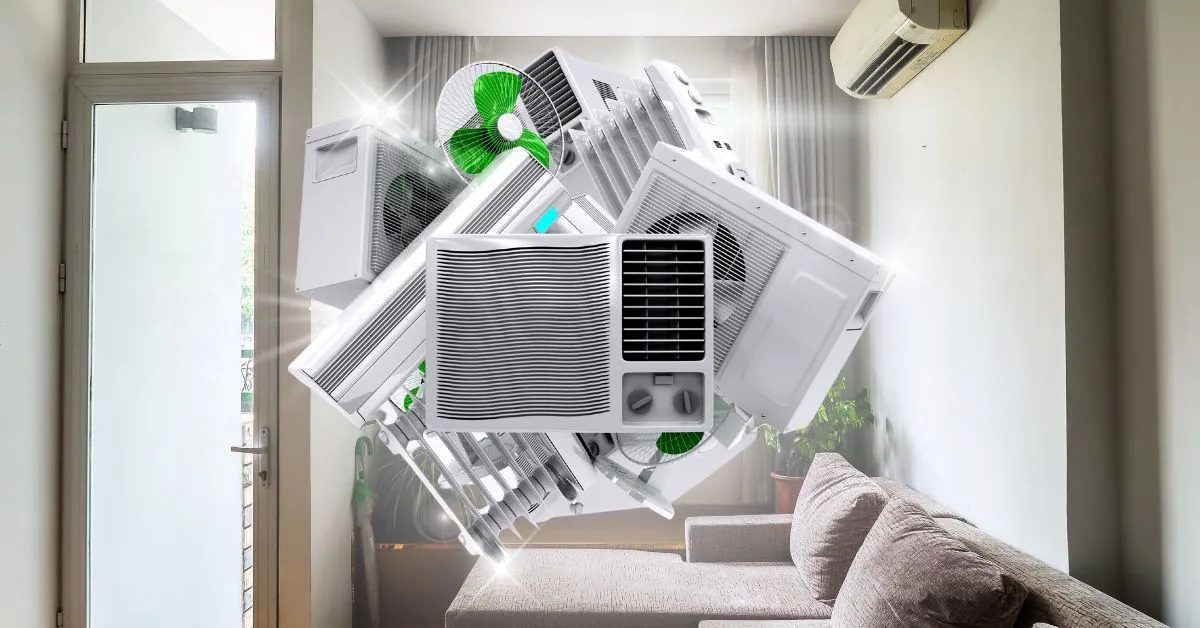
What is the Best Central Heating and Air Conditioning System
- Midea
- Daikin
- Mitsubishi Electric
- Fujitsu General
- York
- American Standard
- Goodman
- Ruud
- Amana
- Coleman
- Gree
- Carrier
- Trane
- Lennox
- Rheem
Choosing the best central heating and air conditioning system is essential for both comfort and efficiency. For your HVAC needs, consider leading companies like Midea, Daikin, Mitsubishi Electric, and others.
Midea
Daikin
Mitsubishi Electric
Fujitsu General
York
American Standard
Goodman
Ruud
Amana
Coleman
Gree
Carrier
Trane
Lennox
Rheem
Understanding central air conditioning systems is critical for homeowners looking for both comfort and efficiency. From Willis Carrier’s origin to the present developments of renowned companies such as Midea, Daikin, and Mitsubishi Electric, Households can enjoy cool, dehumidified air for many years with proper installation, maintenance, and system selection. Make informed choices, prioritize efficiency, and maintain maximum comfort in your home or office.
- Central Air Conditioning, Central Air Conditioning Repair, Central Air Conditioning Repair Near Me, Central Air Conditioning Service, Central Air Conditioning System, Central Air Conditioning System Diagram, Central Air Conditioning System For Home, Central Air Conditioning System Price, Central Air Conditioning Systems, Central Air Conditioning Unit, Central Air Conditioning Units, Residential Central Air Conditioning System Diagram




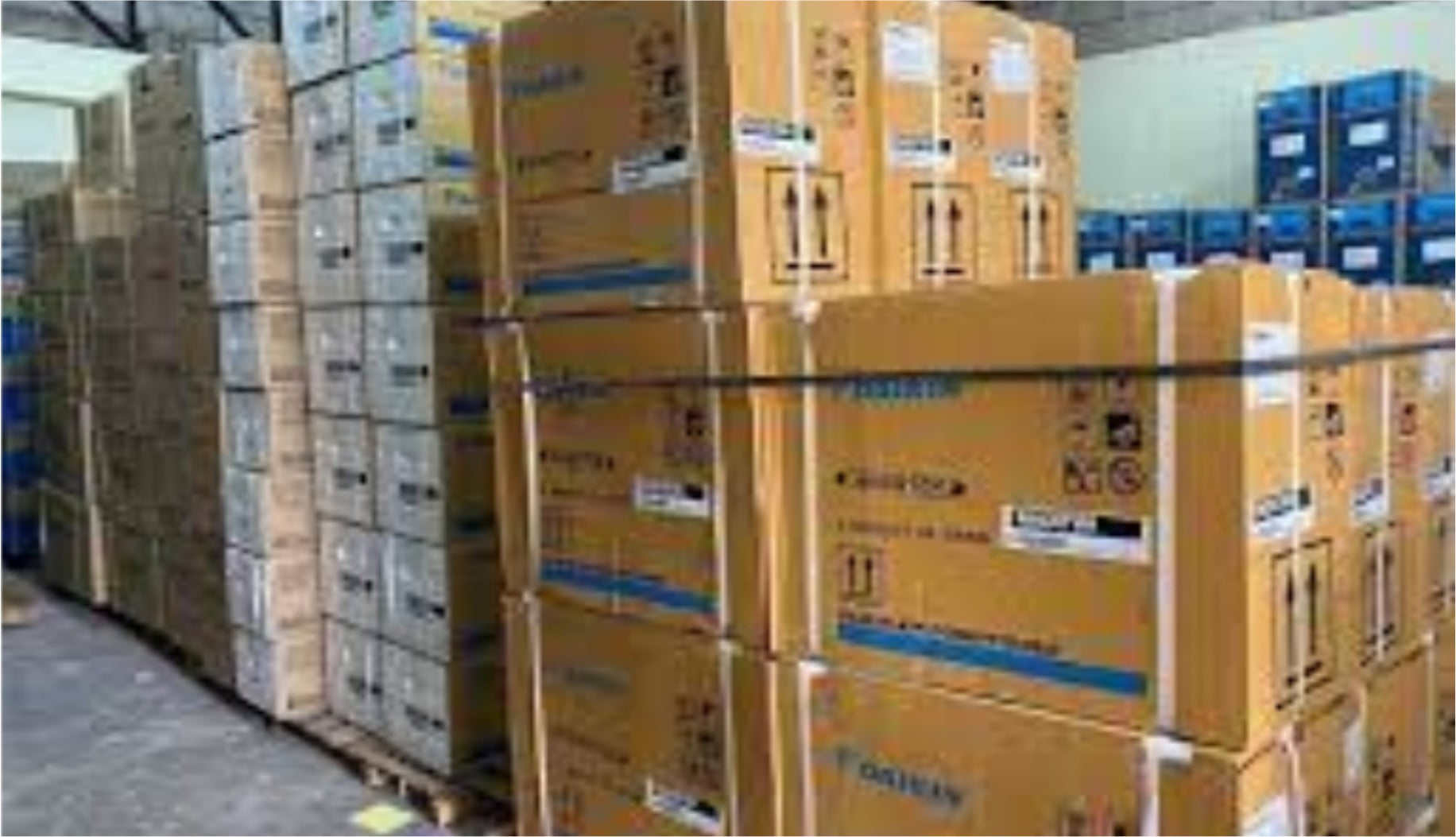
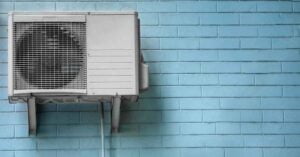

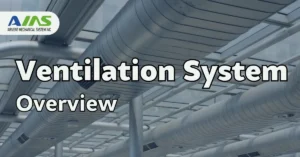

1 thought on “What is Central Air Conditioning System?”
You’regifted